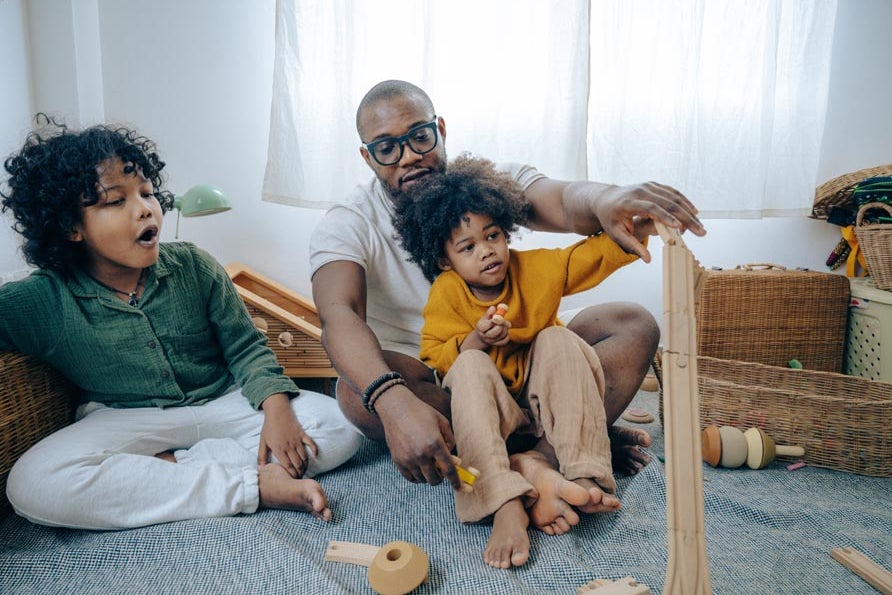Children, teens, and young adult cancers

It is a very challenging and difficult time when a child is diagnosed with cancer. The child with cancer and everyone close to him/her may go through many different feelings and emotions. First reactions may include disbelief, anger, shock, sadness and fear.
Cancer Council is committed to improving the lives of children with cancer, and their families, through practical support and research.
This information was produced in collaboration with The Paediatric Integrated Cancer Service (PICS), parents and staff from the Oncology units at both The Royal Children's Hospital, Melbourne & Monash Children's, Monash Health, Melbourne and ONTrac, Peter Mac Victorian Adolescent and Young Adult (AYA) Cancer Service.
